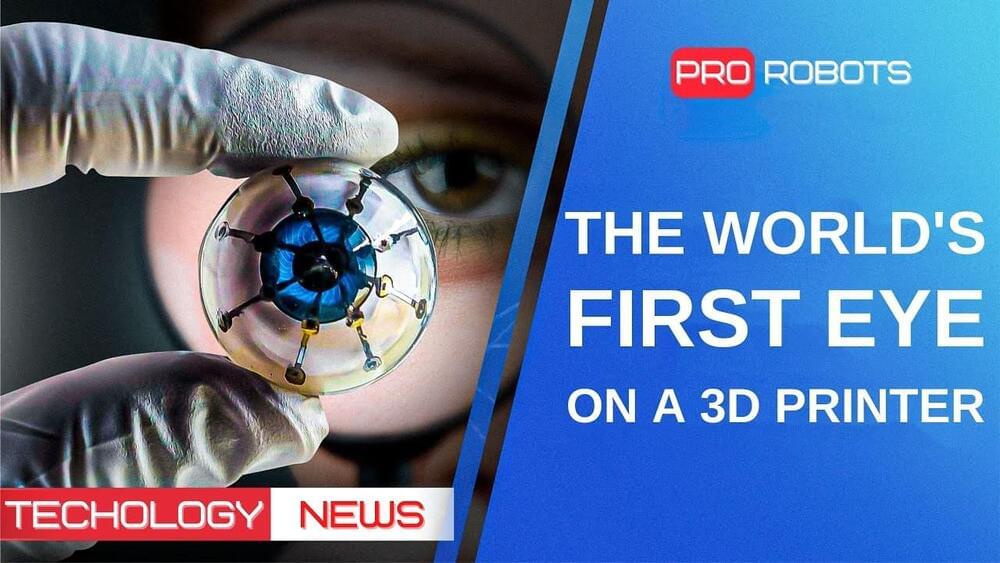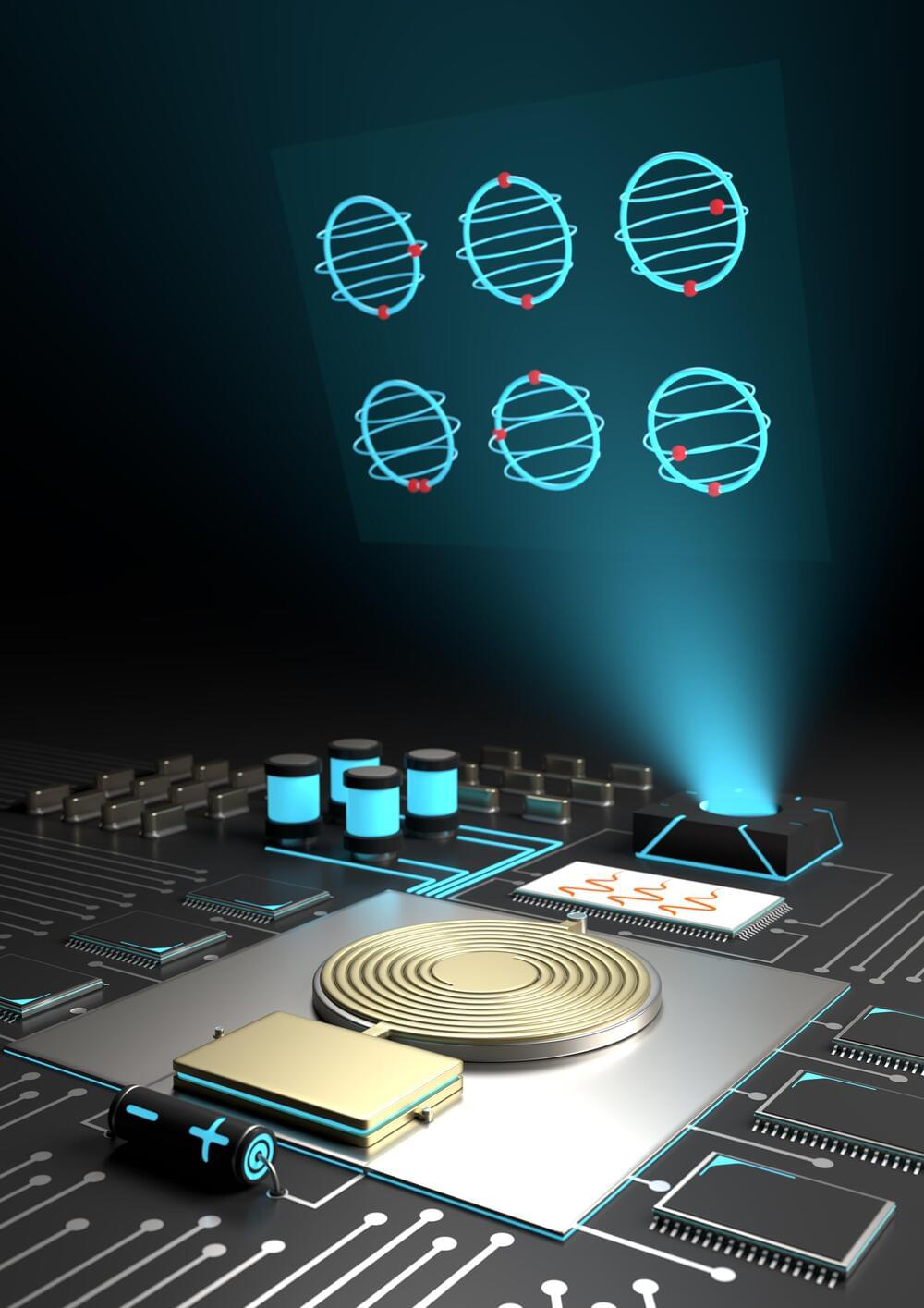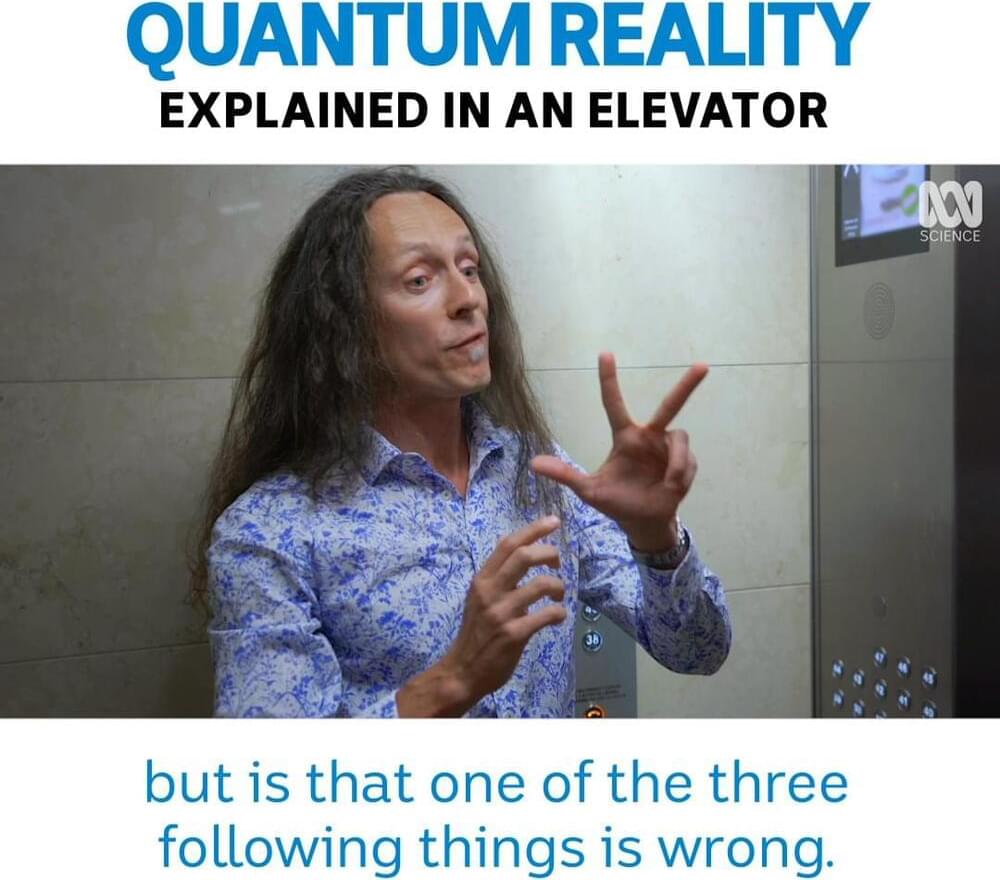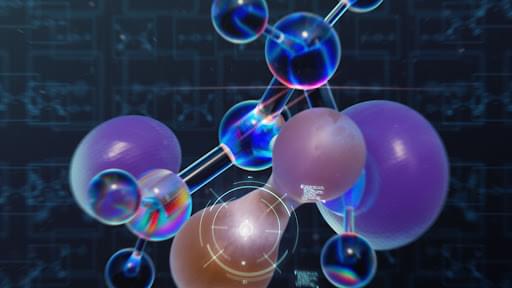Dec 12, 2021
Never before seen state of matter could advance quantum tech
Posted by Genevieve Klien in categories: particle physics, quantum physics
Physicists from Harvard University have documented a new state of matter which could significantly advance quantum technology, according to a new paper published in the peer-reviewed journal Science earlier this month.
The state of matter they found is called quantum spin liquid, which has special properties that produce long-range quantum entanglement — a phenomenon in which particles’ states are connected even when the particles are separated by distance.
Quantum spin liquid was first predicted by physicist Philip W. Anderson about 50 years ago, in 1973, but has never been observed in experiments.


















